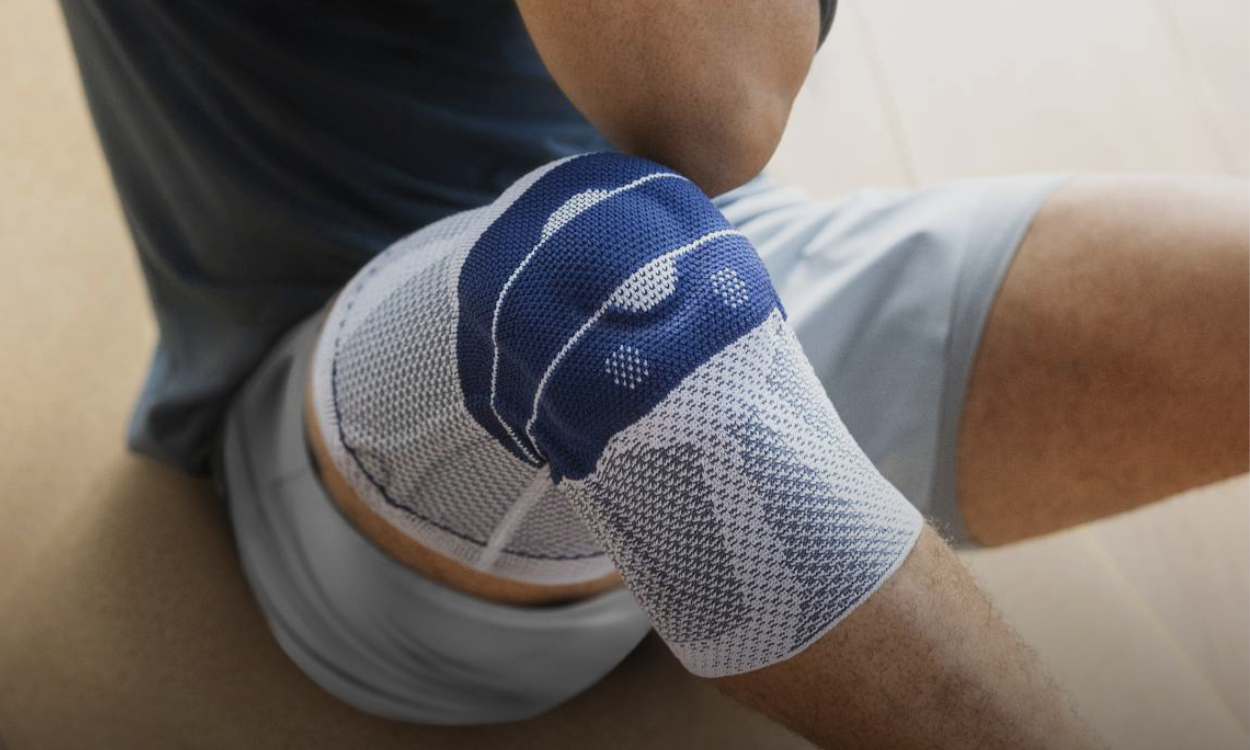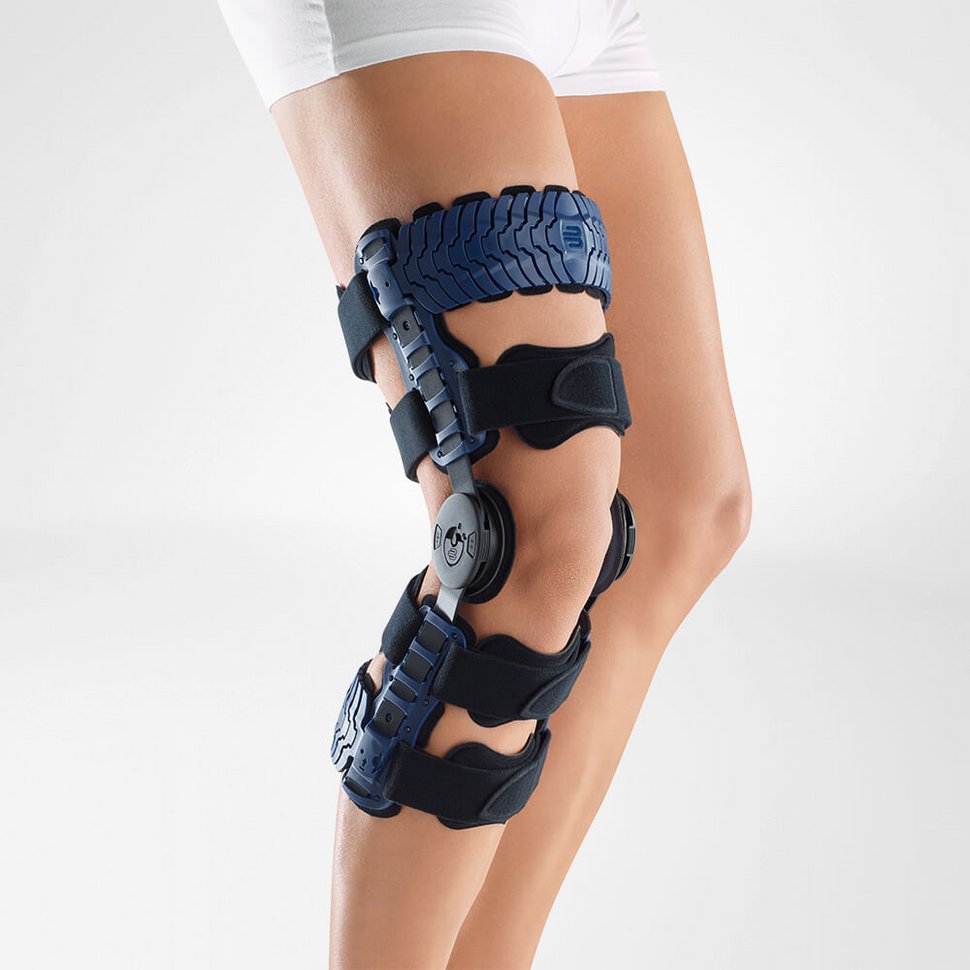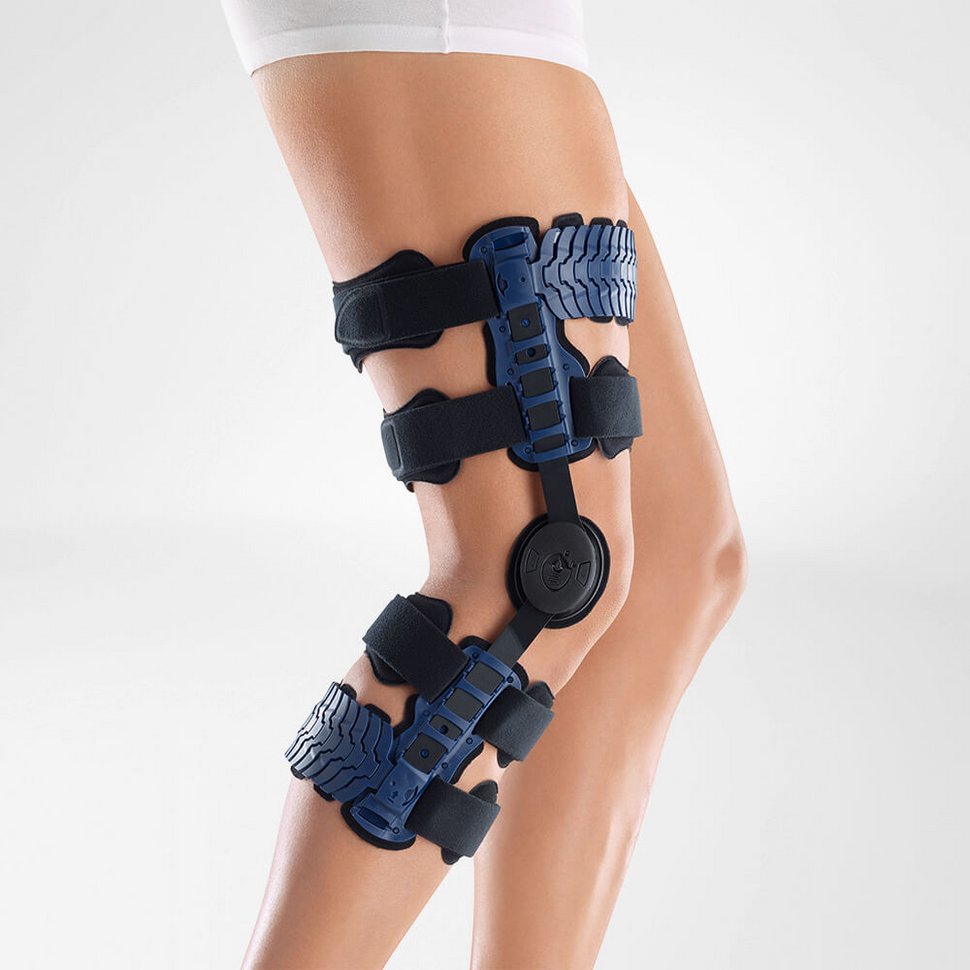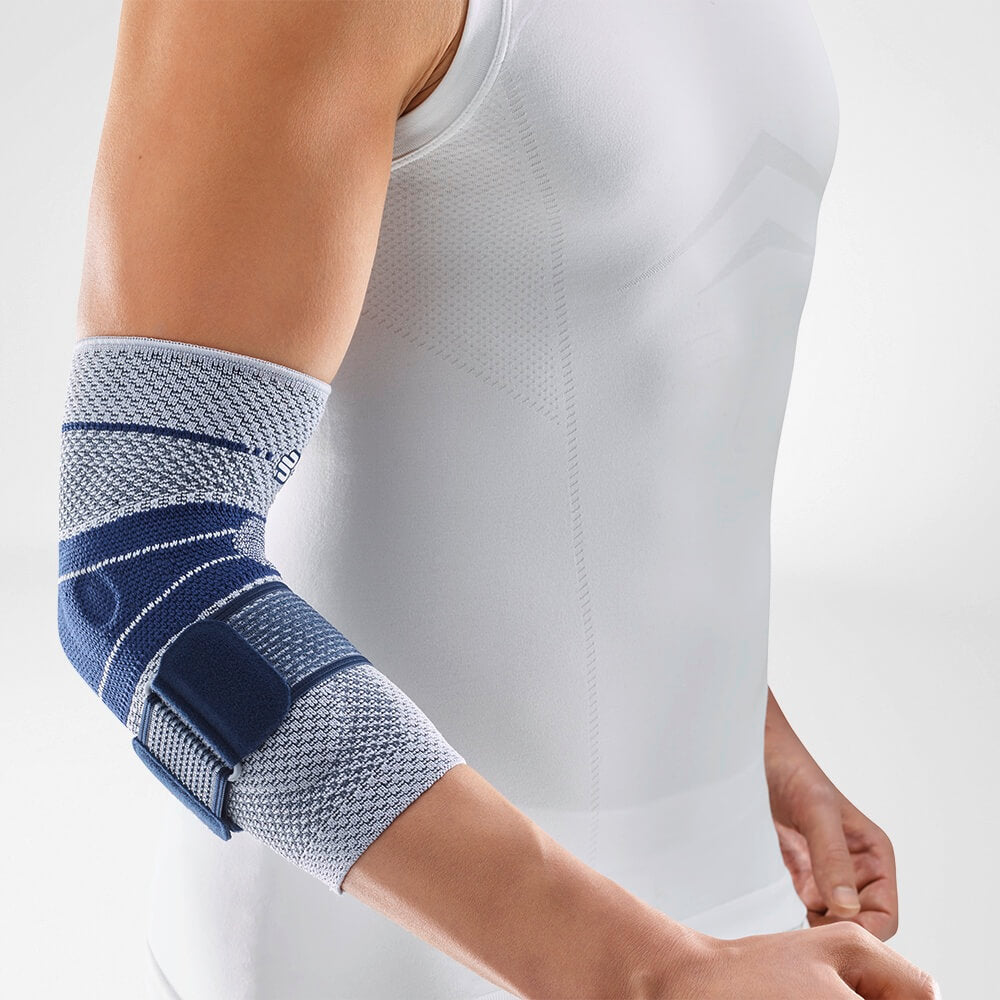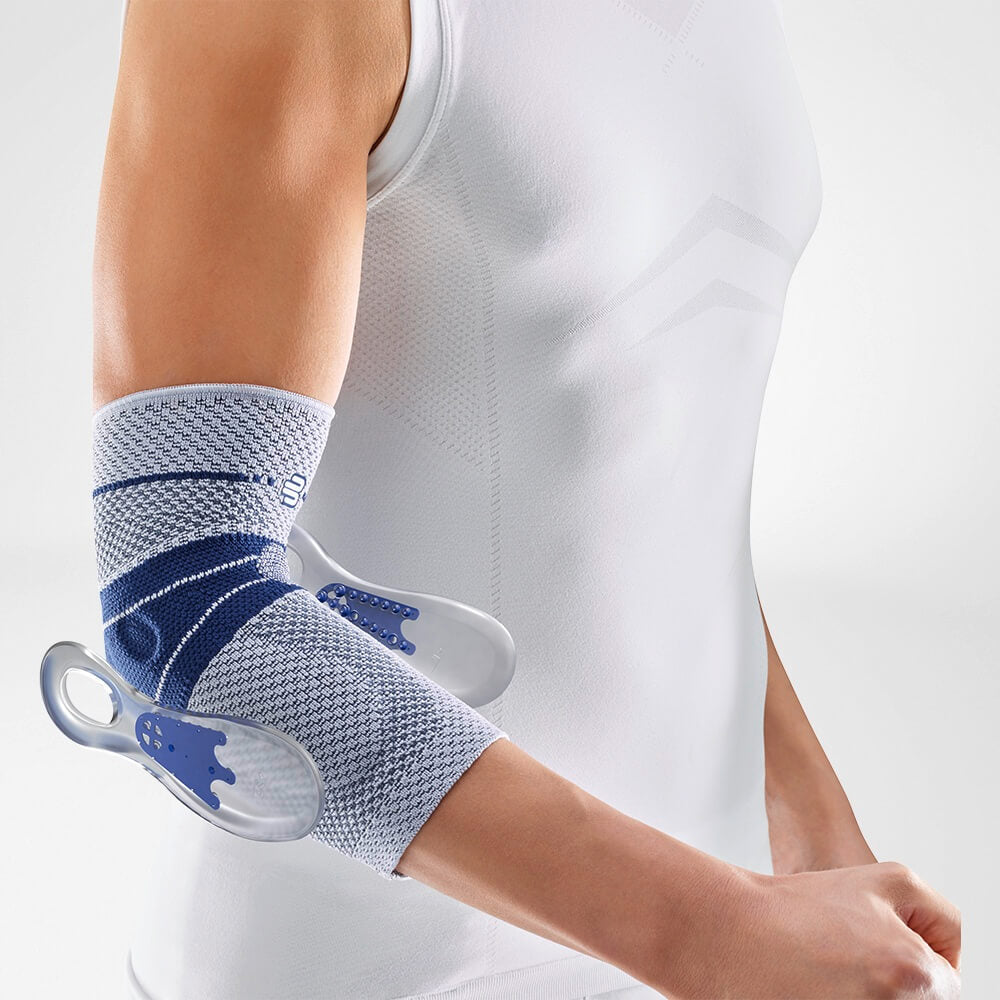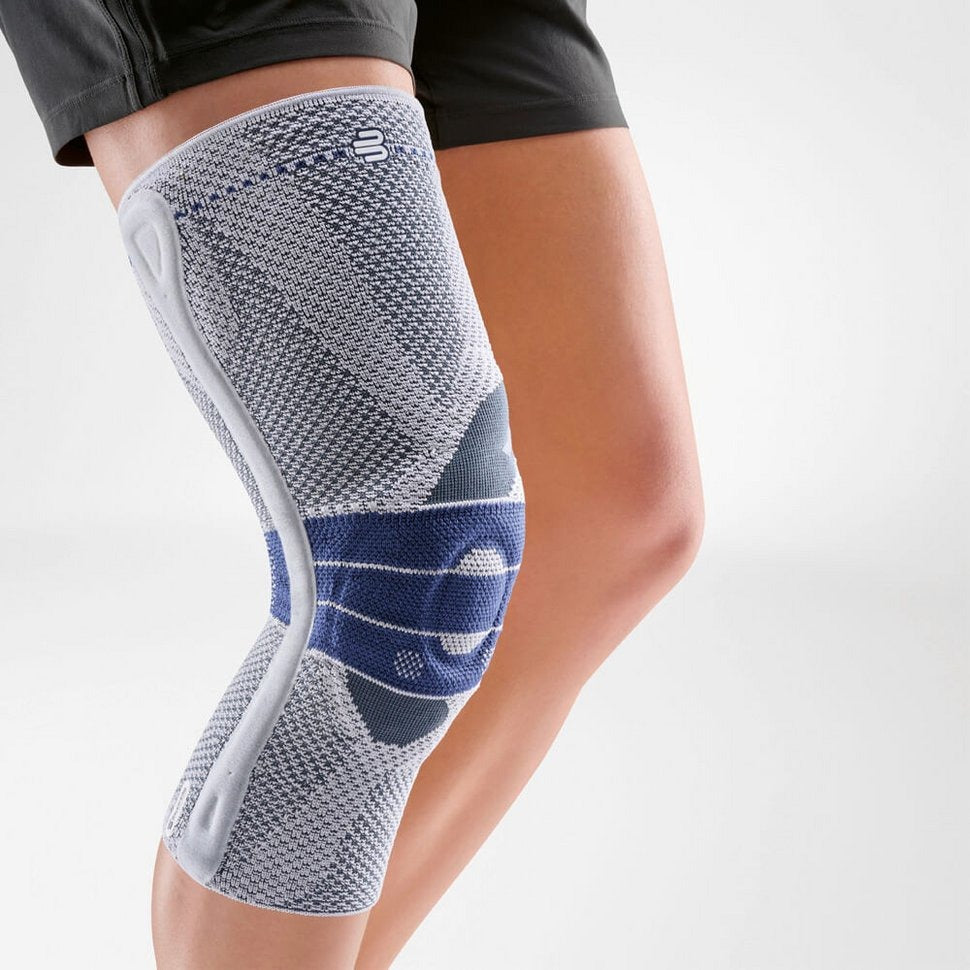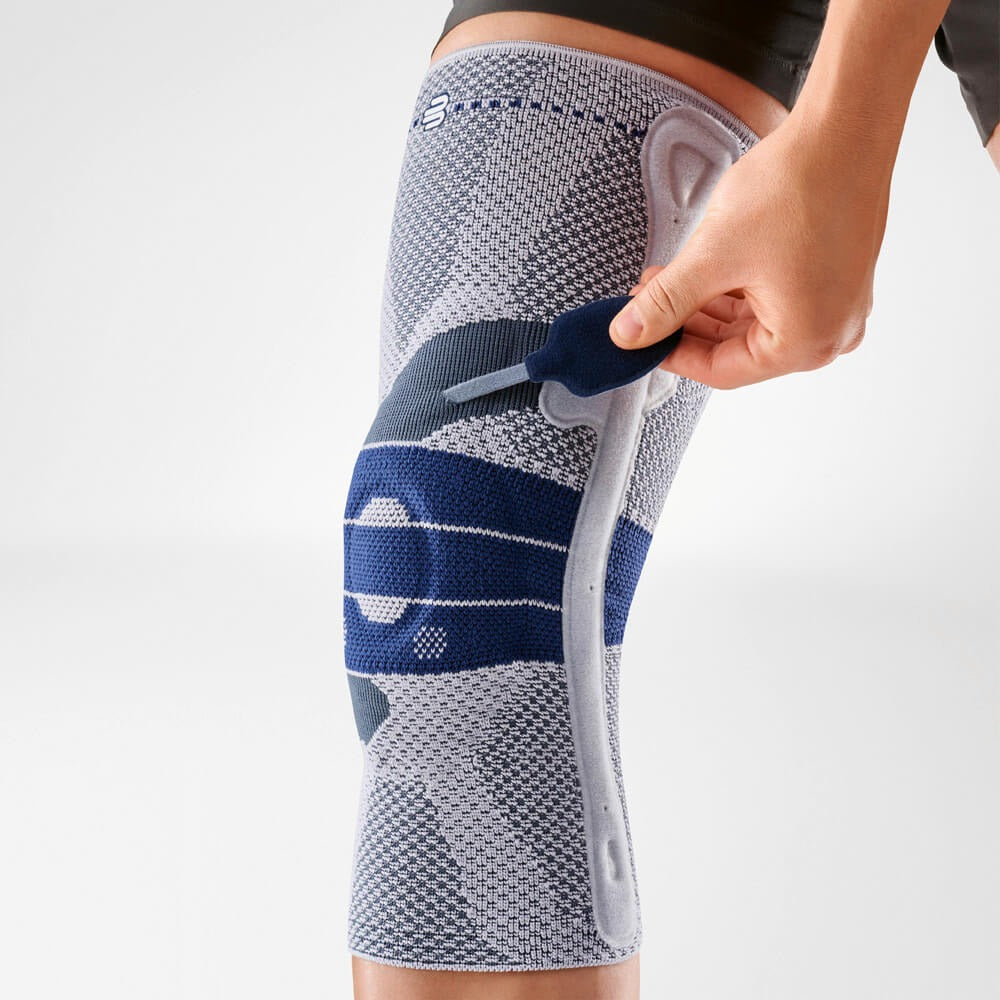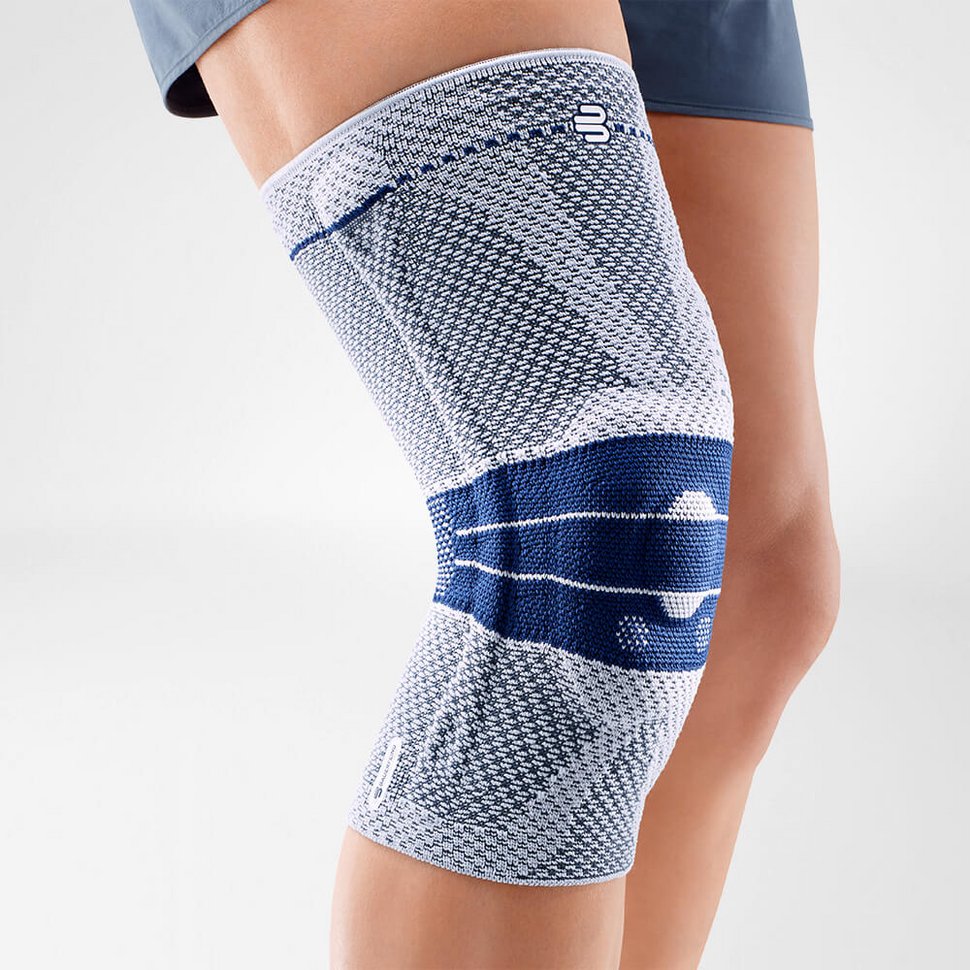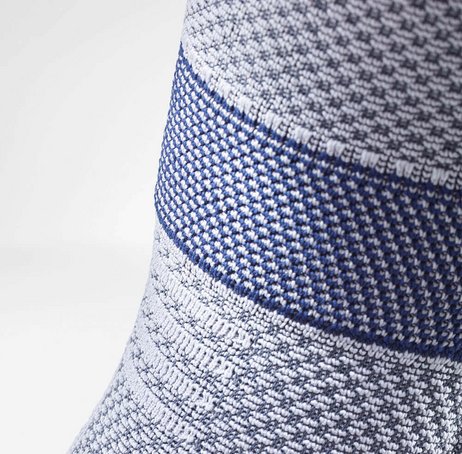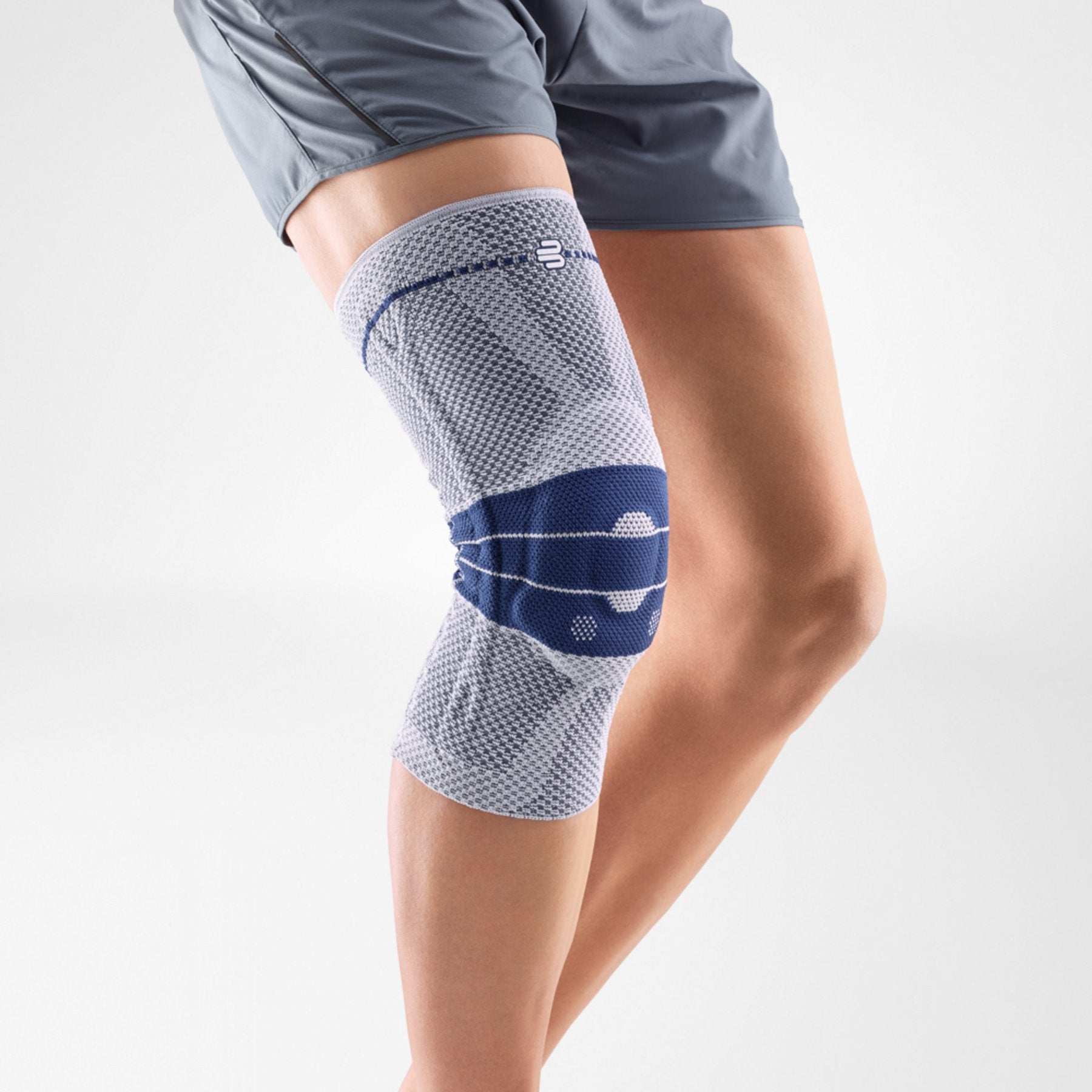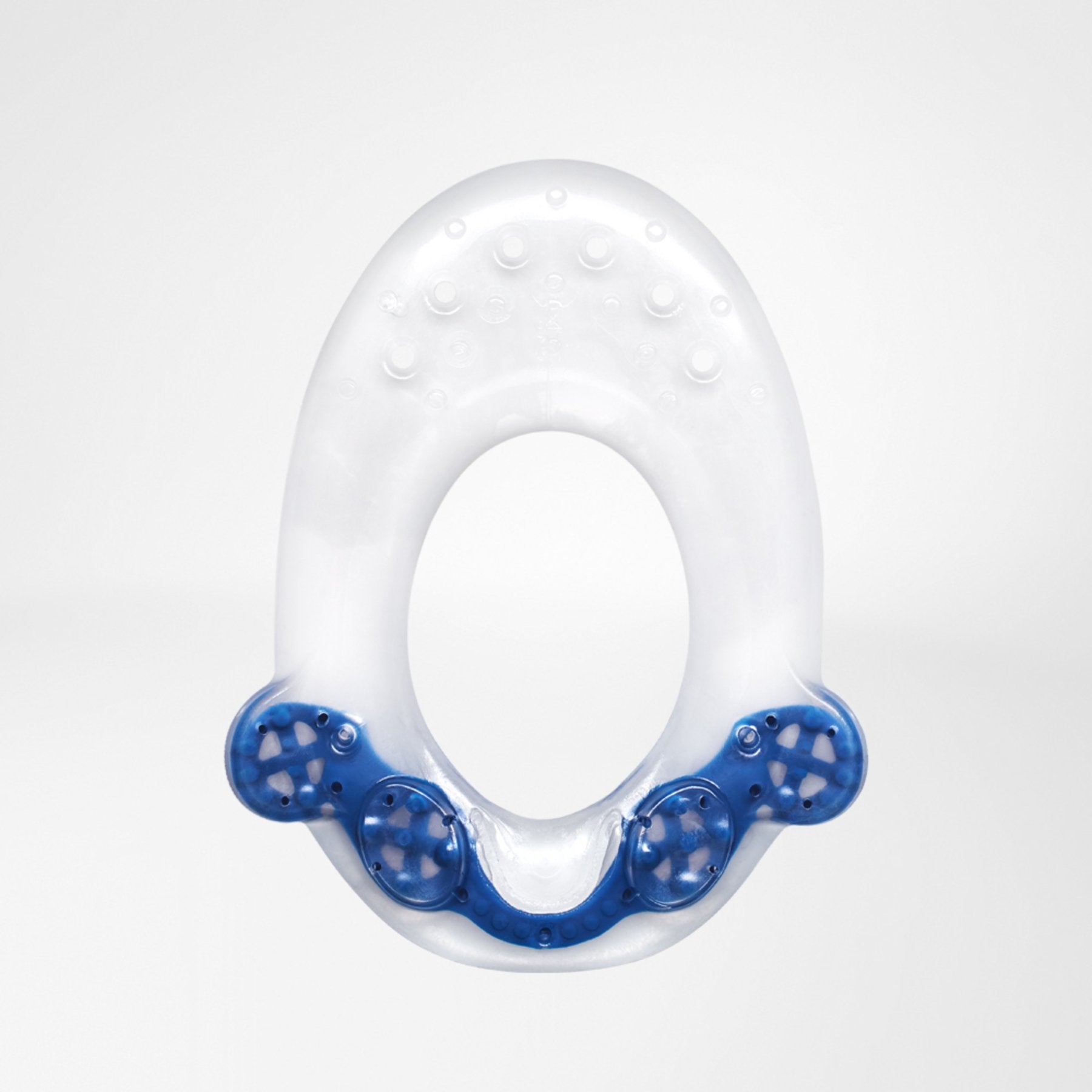What is Pelvic Girdle Instability?
The pelvis is the ring-like structure located at the bottom of the spine. It connects our torso to the lower half of our body and facilitates the transfer of power allowing for movements including standing, walking, jumping and running. The pelvis consists of three bones and is reinforced by capsules and ligaments.

Loss of stability in the pelvic joint can lead to pain in the lower back and constant irritation. Mild cases are often managed conservatively, however long term neglect can lead to degeneration of the SI joint in the pelvis. Due to this, a patient’s quality of life is also severely impacted.
PELVIC GIRDLE INSTABILITY CAUSES
Pain in the pelvis is fairly common and sometimes involves a loss in pelvic ligament elasticity. Leading factors of the disease can be broadly associated with a few major factors including:
-
PREGNANCY RELATED PELVIC RING INSTABILITY
In women, pregnancy is one of the leading causes of pelvic girdle instability. In around the 20th week of pregnancy, the woman’s body naturally prepares for birth by stretching and flexing the ligaments in the pelvis.

Hormonal changes and physical stress on the joint during pregnancy can lead to overstretching and weakening of the pelvic ligaments. Women typically experience pain in the pelvis region and their mobility is severely impaired, which can affect the course of birth. Symptoms of the condition can last well beyond pregnancy.
-
MECHANICAL PELVIC GIRDLE INSTABILITY
Certain conditions during birth can lead to increased risk. If the fetus is born too quickly or through a c-section, there is a risk of overstretching or tearing the sensitive ligaments during birth. Larger children, due to the added stress of weight and size, can further increase the risk of developing pelvic instability.
-
SPORTS RELATED PELVIC INSTABILITY
Physical trauma or injury from an accident can lead to the ligaments being stretched beyond their natural range of movement. Athletes engaging in contact sports, like football and rugby, are especially vulnerable to developing pelvic instability.
SYMPTOMS OF THE PELVIC GIRDLE INSTABILITY
Some of the most commonly known symptoms of the condition include:
- Sharp pain in the pelvis, especially when standing up and moving. This pain is excruciating after long periods of inactivity, such as after a long night’s sleep or a long day at work.
- The pain can extend to the groin or to the inside of the thigh.
- Loosening of the ligaments causes irritation in the SI joint and associated pain in the sacroiliac joints.
- A patient’s quality of life is severely impacted. They cannot turn around when lying down to sleep and cannot stand on one leg. The pelvis is unstable, and it can be unsafe to even walk in some cases.
Early diagnosis is highly recommended as it can help manage symptoms, provide relief and decrease the severity. There are significant risks relating to long term degeneration of the pelvis.
PELVIC GIRDLE INSTABILITY DIAGNOSIS
A complete patient history and physical examination can help assess the symptoms and progression of the condition. Sophisticated imaging technology like Computer Tomography (C.T.) scans can confirm the diagnosis.
Further examinations are carried out to rule out other related diseases.
PELVIC GIRDLE INSTABILITY TREATMENT
Treatment for pain in the pelvic girdle revolves around managing the pain and strengthening the muscles of the lower back and pelvis region. An effective guide to follow includes:
-
LIFESTYLE CHANGES
In the early stages of the condition, lifestyle changes can help slow down the progression. Avoiding stressful activities, like physically intense work, training and lifting heavy loads are proven to be effective measures a patient can take in their day to day lives.
Making sure to take enough breaks to stretch between long hours at the desk can help release strain from the muscles and provide some relief from daily stress. Weight loss can also help reduce stress on the back.
-
REHABILITATION AND PHYSIOTHERAPY
Regulated physiotherapy helps with targeted muscle training and is a proven effective treatment path. The prescribed exercises can help promote the reorganization of the muscles and are the most effective option to curb the disease. Encouraging healthy proprioception and strengthening of the muscles helps prevent long term degeneration and can help with lower back pain.
-
PRESCRIBED PAINKILLERS
Prescribed painkillers, including Ibuprofen and Panadol, are often used to alleviate pain and discomfort in patients. In cases of inflammation in the back, anti-inflammatory medication may be recommended however as with many medications, tolerance may occur where the effectiveness of the drugs decreases as well as other potential side effects.
-
HEAT AND INFRARED APPLICATION
The use of heat and infrared applications regularly on the lower back can support the treatment path and provide temporary relief.
-
MEDICAL PELVIC BRACES
It is highly recommended that ample support to the pelvis is provided through the use of a medical pelvic brace. The targeted compression that the braces provide helps boost circulation and muscle activation, whilst reducing the possibility of effusions and edema.
Wearing a Bauerfeind brace, like the SacroLoc, can be instrumental in treatment as it provides enhanced stability, proprioception and medical-grade compression. This is not found in simple neoprene braces and has proven to be much more effective.

BRACES FOR PELVIC PAIN AND PREVENTION OF PELVIC INSTABILITY
An orthosis, like the SacroLoc, provides reliable support therapy to the unstable pelvic joint and has a prophylactic effect. The stability noticeably reduces the stress and pain in the pelvis, allowing for the stretched ligaments to heal.
Bauerfeind’s SacroLoc brace features a two-part gel cushion which gently massages the trigger points around the pelvic region during movement, and applies medical-grade compression to boost blood circulation. Patients experience relief from tension all day long and are at a reduced risk of developing cramps.
The SacroLoc straightens the pelvis and relieves tension in the surrounding muscles of the sacrum with its inclusion of tensioning straps. These straps are very easily adjusted and have been designed to be gentle on the skin.


